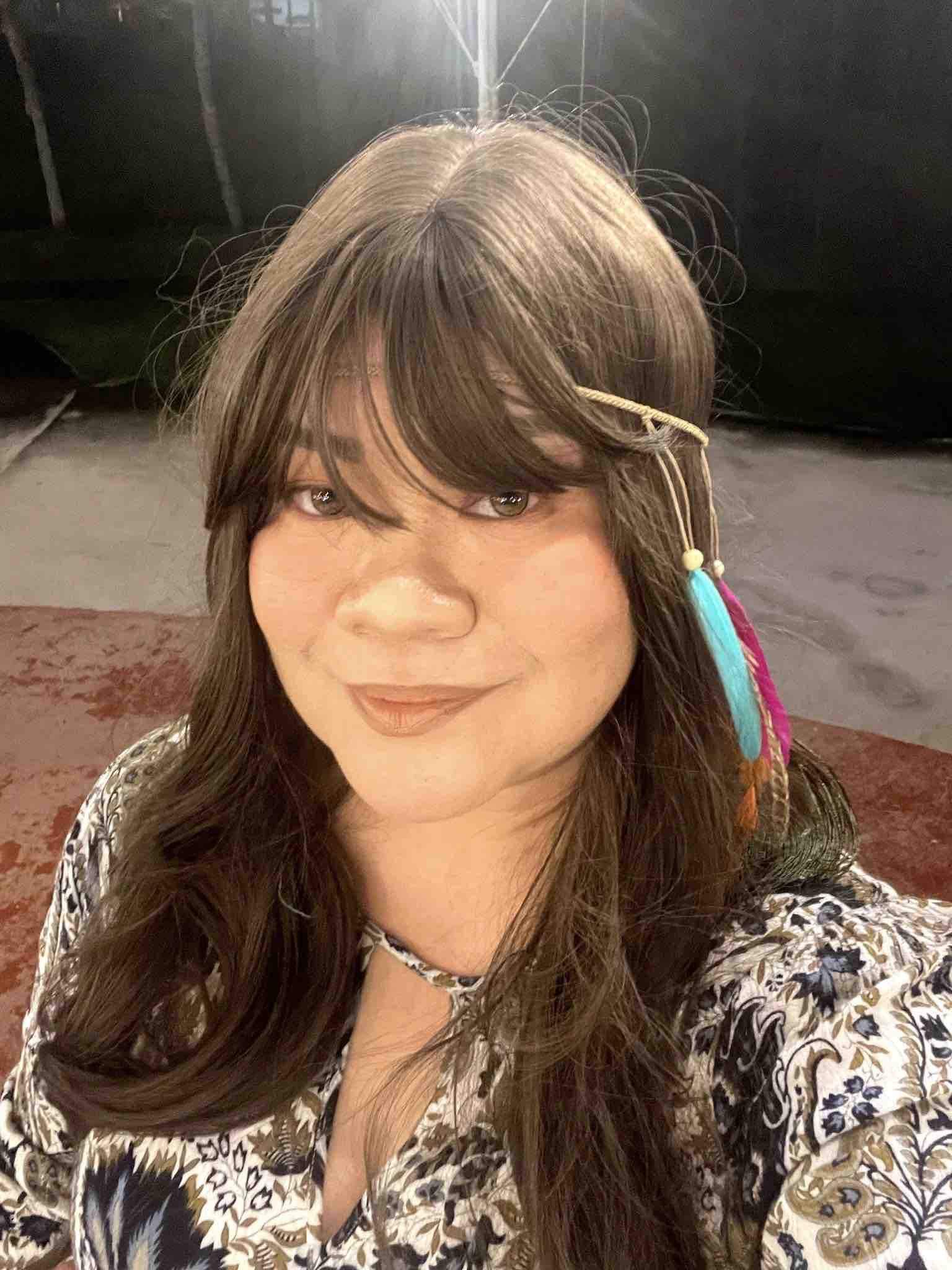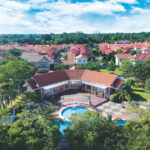Butuan City is known for its booming logging industry and for its abundance of timbers; no wonder why migrants from other sides of the Philippines and from abroad settled in this highly urbanized city to seek for good fortune and agricultural profits. But more than just being the Timber City of the South, Butuan is a place where rich history, preserved culture, kind-hearted people and active economy thrive.
Butuan City is the provincial capital of the Agusan del Norte province and the regional center of the Caraga Region in the northeastern part of Mindanao. It sprawls near the mouth of the Agusan River, the deepest, widest and longest navigable river in Mindanao. On the north, it is bounded by several municipalities of Agusan del Norte; on the east by the Agusan del Sur province; and on the northwest by Butuan Bay.
There are many versions of the etymology of Butuan City. Some believe that the name is derived from a sour fruit called “Batuan”. Others believe that it originated from a chieftain named “Datu Buntuan” who once governed the area. Scholars, on another side, believe that it came from the dialect word “But-an”, which literally means a person with a discerning, kind-hearted and sound disposition.
 The city prides itself with its very rich and significant historical background. As early as the 10th century, Butuan natives had already established trading relations with the Srivijaya Empire of Java, Indonesia and the Kingdom of Champa (located in southern Vietnam). A century later, the area became the center of trade and commerce in the Philippines. Archeologists provide proof to this: the discovery of 9 balangays (native boat) and other related relics in the vicinity of the area, specifically in Ambangan, Libertad near the old Masao River.
The city prides itself with its very rich and significant historical background. As early as the 10th century, Butuan natives had already established trading relations with the Srivijaya Empire of Java, Indonesia and the Kingdom of Champa (located in southern Vietnam). A century later, the area became the center of trade and commerce in the Philippines. Archeologists provide proof to this: the discovery of 9 balangays (native boat) and other related relics in the vicinity of the area, specifically in Ambangan, Libertad near the old Masao River.
Aside from its trading relations with other countries, the area also has the reputation of being the site at which Portuguese navigator Ferdinand Magellan proclaimed Spanish rule over the Philippine Islands in 1521. Although debates are still on going, the area is also believed to be the site of the holding of the first mass in the country. What is true for sure is that Magellan set foot on the area and spread Christianity to the native people.
Starting 1950s, the area became busy and crowded with the boom of the logging industry. This inspired the townspeople to petition for the conversion of the area into a city. Finally, on August 1950, the area became the first city in the Caraga Region.
From Manila, it will take you only 1 and a half hour to get to Butuan City. With its location on the northeastern coast of Mindanao, the city can also be reached via water transportation from almost all key cities in the Visayas. Buses that are bound for Butuan are readily available in any capital city in Mindanao. (Butuan Travel Guide by Mindanaoan.com)
Related Images:

Mindanaoan is a multi-awarded blogger, content creator, seasoned social media strategist and publicist with undeniably successful track record. 2012 International Visitor Leadership Program (for global leaders) alumnus and O visa grantee (for people with extraordinary skills and who have risen to the top of their field). Avid traveler and a proud relief operations volunteer. Regular resource person for social media, blogging and content creation. Available for work and travel – [email protected]





